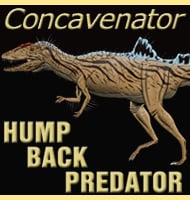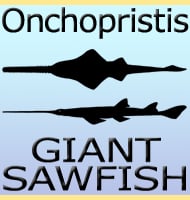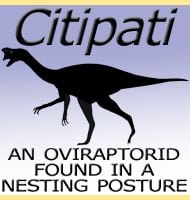In Depth
Diacodexis is an early indicator of the forms that the ungulates (hoofed mammals) evolved from, though Diacodexis may not have been ‘the’ ancestor even though it was certainly related to them. The main clue that Diacodexis is a candidate for being an ancestral form of artiodactyl is that while the feet still have five toes, the third and fourth toes were slightly elongated. Through successive generations over the course of millions of years, these two toes would form the foundation of hooves while the other three toes would reduce to the point of being vestigial.
In life Diacodexis would have lived in a similar manner to a small deer, remaining hidden in dense undergrowth while browsing and only walking out in the open when absolutely necessary. While its body shape and proportions are indeed similar however, Diacodexis had a much longer tail. The long legs of Diacodexis are proportioned like those of a runner and it’s possible that if it could not stay hidden from predators, it may have tried running through the undergrowth to escape them. In such a scenario the long legs would also allow Diacodexis to more easily clear ground obstacles like exposed roots and fallen branches than shorter legged pursuers.
Further Reading
– Two new genera of Mammalia from the Wasatch Eocene. – American Naturalist 16(12):1029. – E. D. Cope – 1882. – Diagnoses de trois nouvelles especes de mammiferes du Sparnacien de Provence. – Compte rendu sommaire des seances de la Societe geologique de France 1978(6):286-288. – M. Godinot – 1978. – Revision of the Eocene Wind River Faunas, Early Eocene of Central Wyoming. Part 7. Revision of Diacodexis (Mammalian, Artiodactyla). – Annals of Carnegie Museum 54(14):413-486. – L. Krishtalka & R. K. Stucky – 1985. – Decouverte d’un nouveau Diacodexis (Artiocactyla, Mammalia) dans l’Eoc�ne inf�rieur de Silveirinha, Portugal. Palaeovertebrata 19(1):29-44. – C. Estrav�s & D. E. Russell – 1989. – New earliest Wasatchian mammalian fauna from the Eocene of northwestern Wyoming: composition and diversity in a rarely sampled high-floodplain assemblage. – University of Michigan Papers on Paleontology 28:1-97. – P. D. Gingerich – 1989. – Early Eocene land mammals from Vastan Lignite Mine, District Surat (Gujarat), Western India. – Journal of the Palaeontological Society of India 50(1):101-113. – S. Bajpai, V. V. Kapur, D. P. Das, B. N. Tiwari, N. Saravanan & R. Sharma – 2005. – The mammal fauna of the early Eocene Blackheath Formation of Abbey Wood, London. – Monograph of the Palaeontographical Society 165:1-162. – J. J. Hooker – 2010. – Early Eocene artiodactyls (Mammalia) from western India. Journal of Vertebrate Paleontology 30(4):1245-1274. – K. Kumar, K. D. Rose, R. S. Rana, L. Singh, T. Smith & A. Sahni – 2010.









